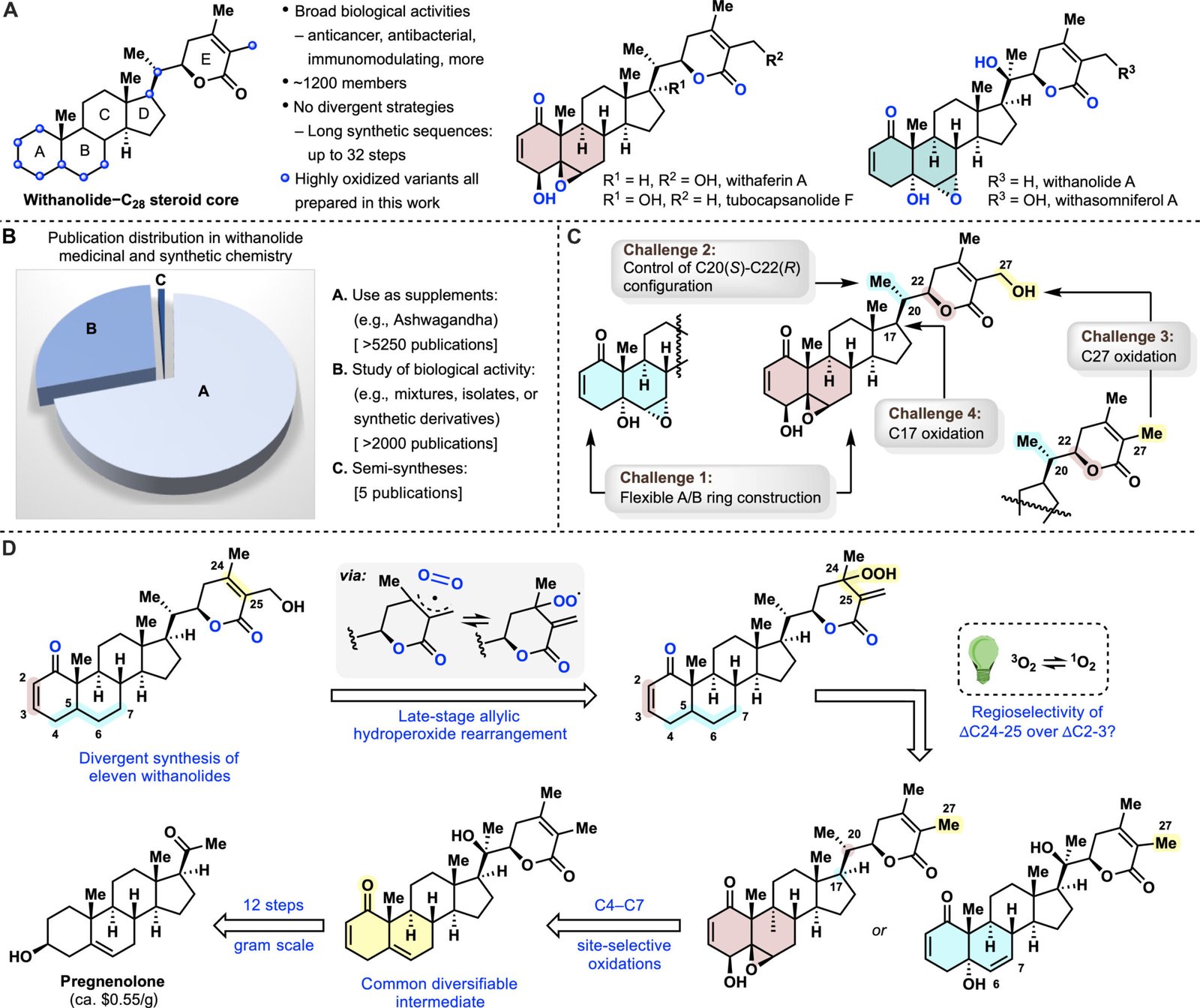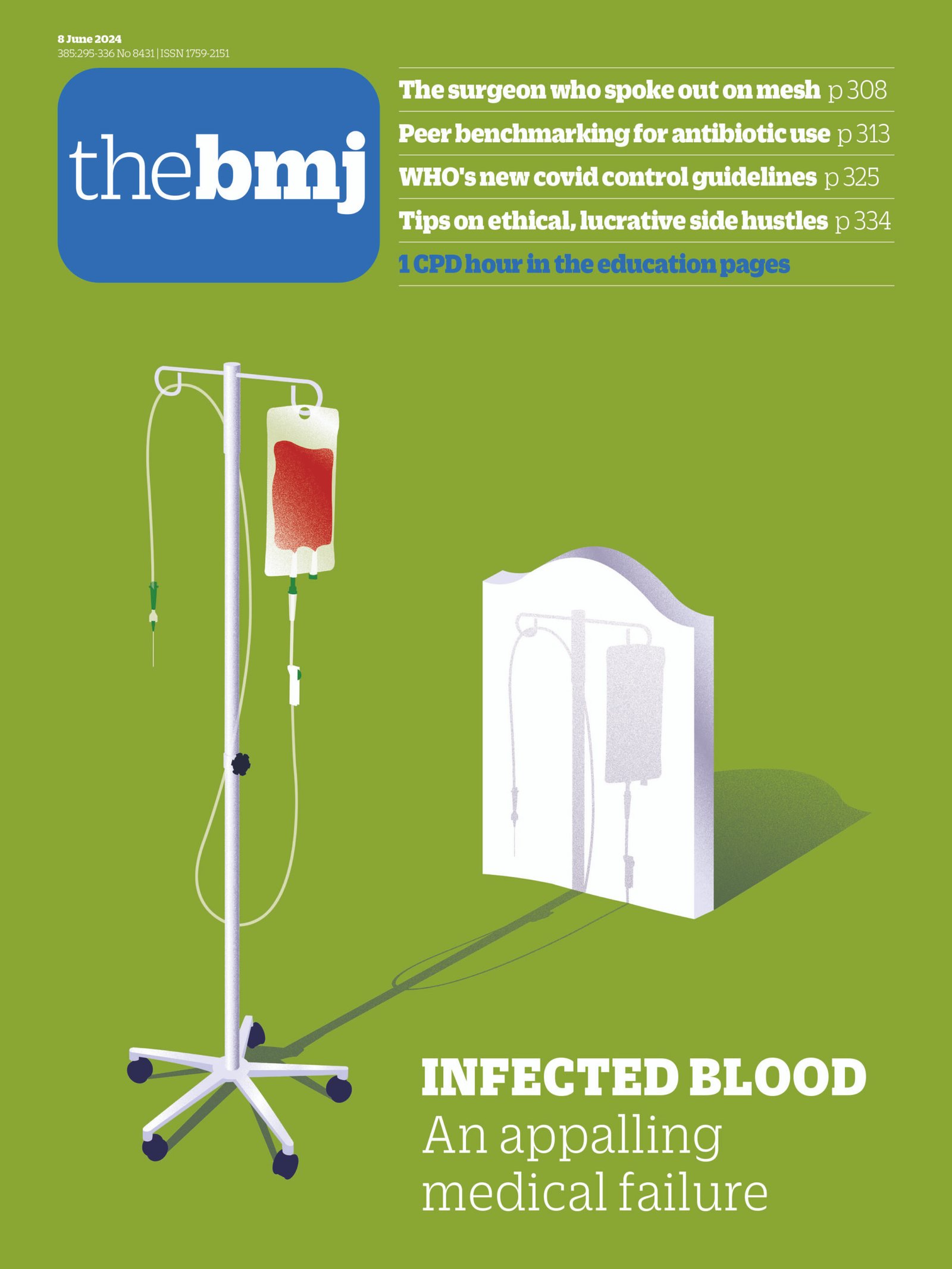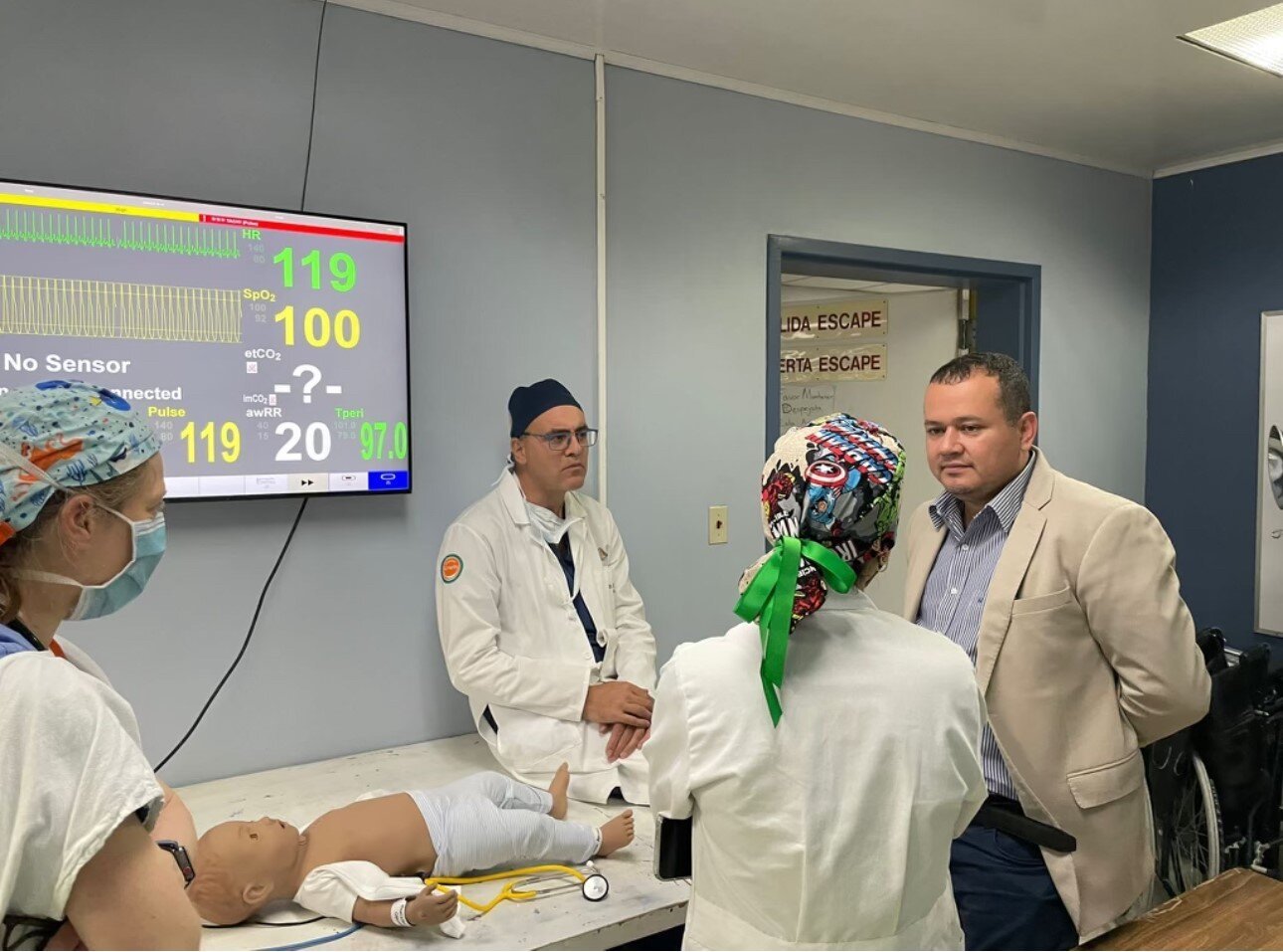A new study reveals that many people living in extreme poverty in low- and middle-income countries (LMICs) have conditions that lead to heart disease, the world’s #1 cause of death—overturning conventional wisdom.
In the largest analysis of its kind exploring the relationship between poverty and cardiovascular disease (CVD) risk factors, experts discovered a high prevalence of hypertension, diabetes, smoking, obesity, and dyslipidemia in LMICs regardless of income —yet most adults living in extreme poverty were not treated for these CVD-related conditions.
An international group of researchers note that their findings, published in Nature Human Behaviour, contradict the common assumption that the environment (e.g., food scarcity) and lifestyles (e.g., more physical labor) of those living in extreme poverty in LMICs protect against CVD risk factors.

Professor Justine Davies, from the University of Birmingham, commented, “Our study turns conventional wisdom about the relationship between poverty and cardiovascular disease (CVD) risk factors on its head. As LMICs develop economically, overweight and obesity prevalence among the poorest segments of their societies will increase—creating a rise in unhealthy weight, along with growth of diabetes, dyslipidemia, and hypertension.”
Evidence on CVD risk factor prevalence among adults living below the World Bank’s international line for extreme poverty is sparse. To address this paucity of needed information, the researchers pooled data from 105 nationally representative household surveys across 78 countries.
Pascal Geldsetzer, Assistant Professor of Medicine at Stanford University, U.S., commented, “Our detailed analyses of how CVD risk factor prevalence and treatment coverage vary around the world could help to effectively target interventions and policies to reduce CVD risk in vulnerable populations. Moreover, our study provides a crucial empirical foundation for future work in improving health outcomes for those living in the poorest sections of global society.”
The study demonstrates that CVD risk factors affect individuals across the full socio-economic spectrum, including those living in extreme poverty, within countries at all levels of economic development.
Prof. Dr. Till Baernighausen, from Heidelberg University, added, “People living in extreme poverty experience a high prevalence of CVD risk factors and low levels of treatment for these conditions, suggesting that we need to reassess health policy in this space. Understanding how an assumption of low prevalence of CVD risk factors among those in extreme poverty holds true is important for setting priorities within health policy and care delivery, both for equity and effectiveness.”
Countries included in the researchers’ dataset are estimated to be home to 85% of individuals living in extreme poverty worldwide, 53% of the global population, and 64% of the global population living in LMICs.
Sebastian Vollmer, Professor of Development Economics at the University of Göttingen, noted, “Further research into mechanisms of CVD risk specifically affecting individuals living in extreme poverty is essential—uncovering the different pathways that may predispose various groups to CVD risk will be vital in reducing that risk.”
More information:
The prevalence of cardiovascular disease risk factors among adults living in extreme poverty, Nature Human Behaviour (2024). DOI: 10.1038/s41562-024-01840-9
Citation:
Modern lifestyle heart disease risk factors threaten extremely poor people in low- and middle-income countries (2024, March 13)
retrieved 13 March 2024
from https://medicalxpress.com/news/2024-03-modern-lifestyle-heart-disease-factors.html
This document is subject to copyright. Apart from any fair dealing for the purpose of private study or research, no
part may be reproduced without the written permission. The content is provided for information purposes only.










